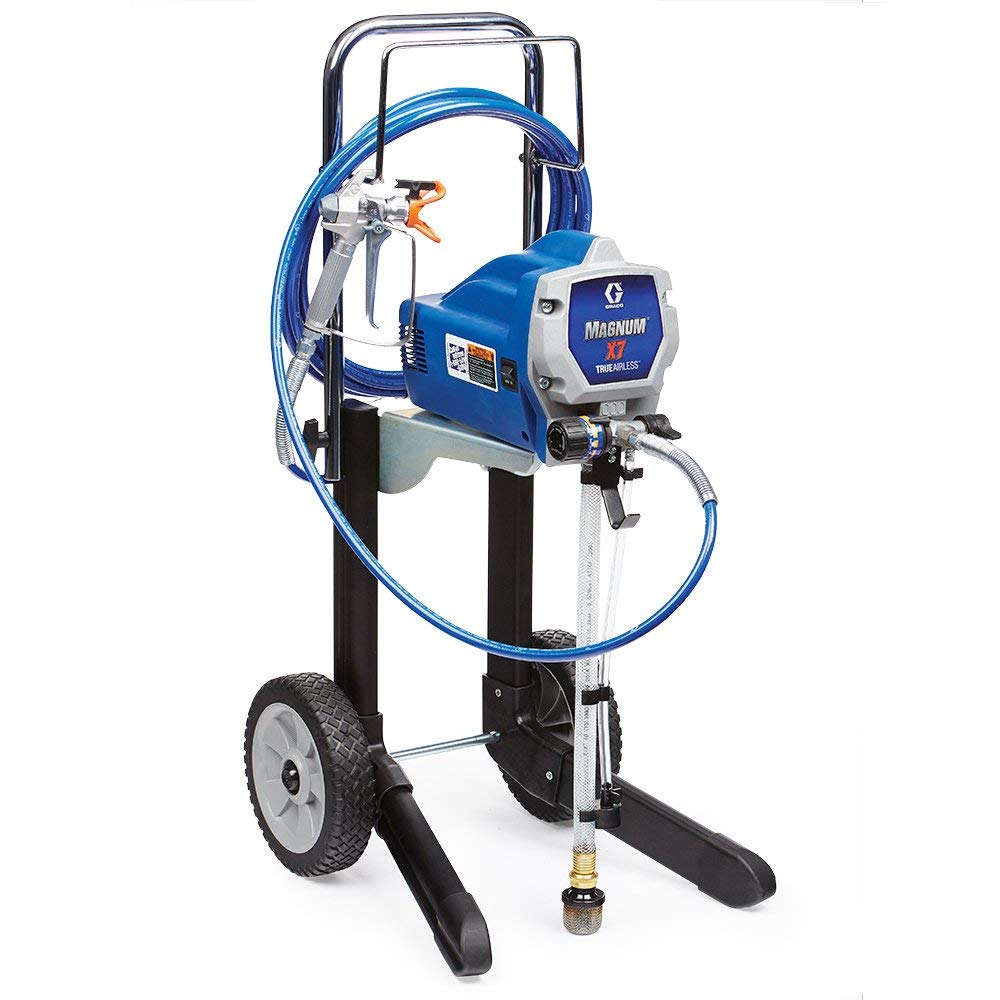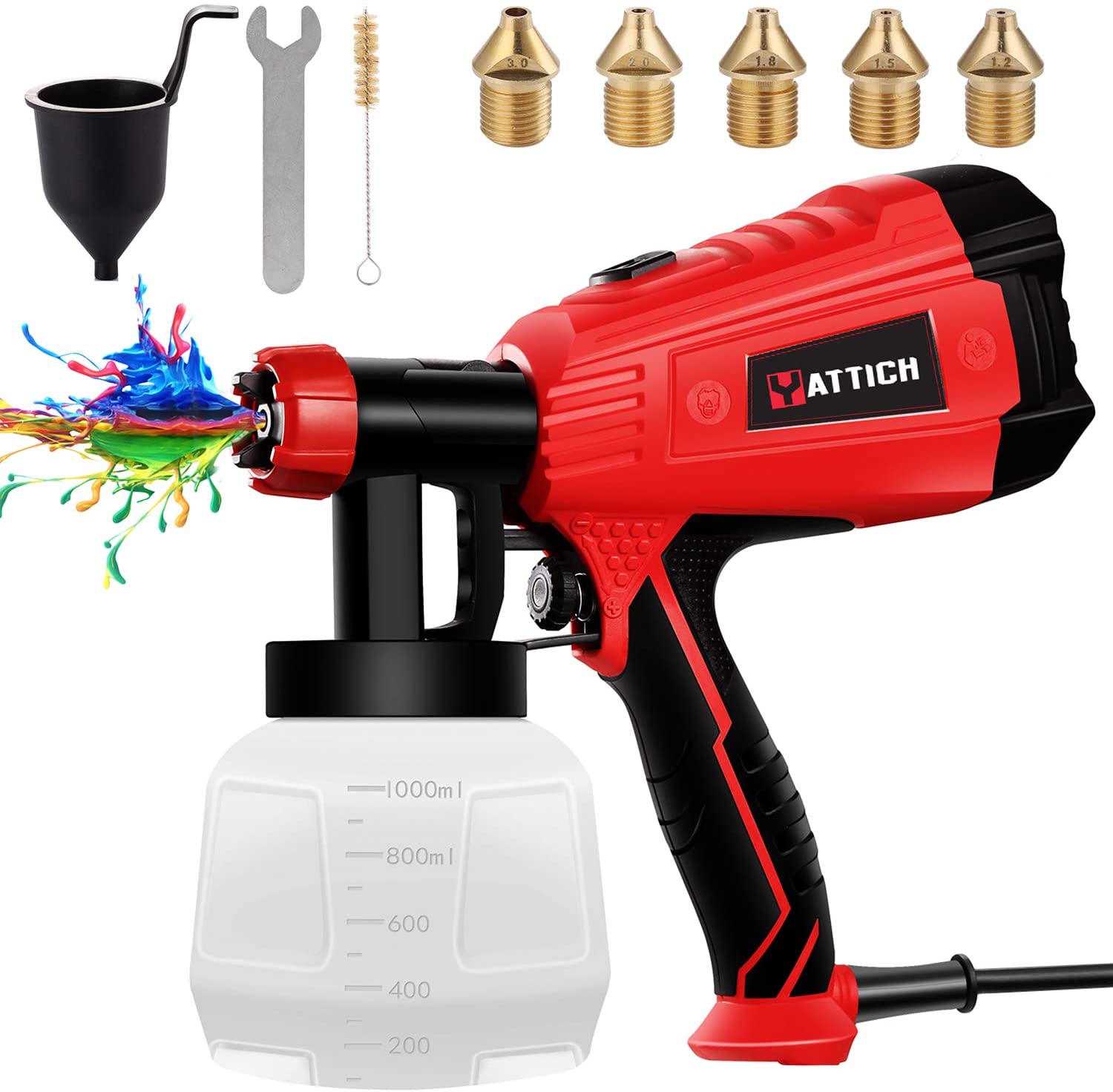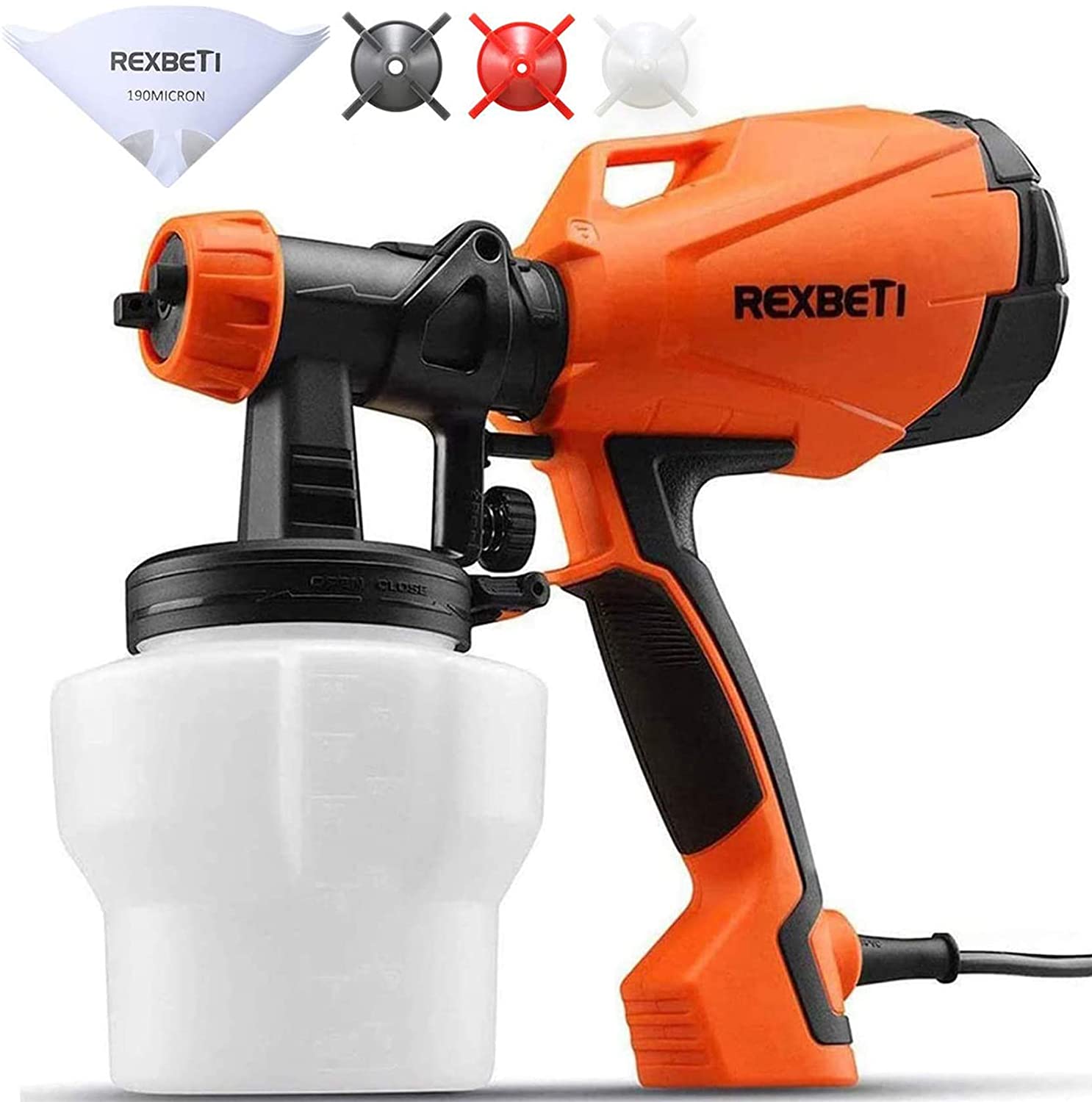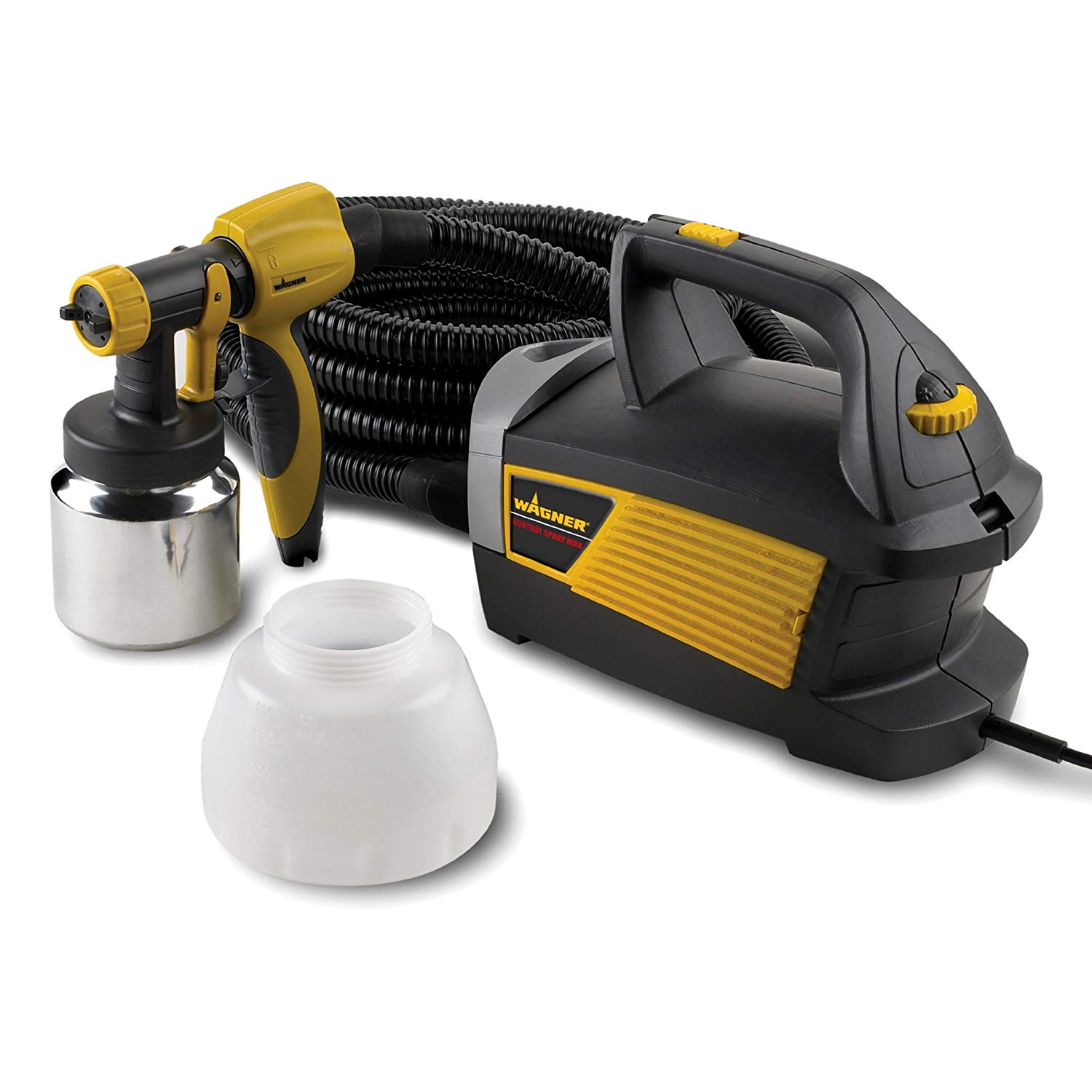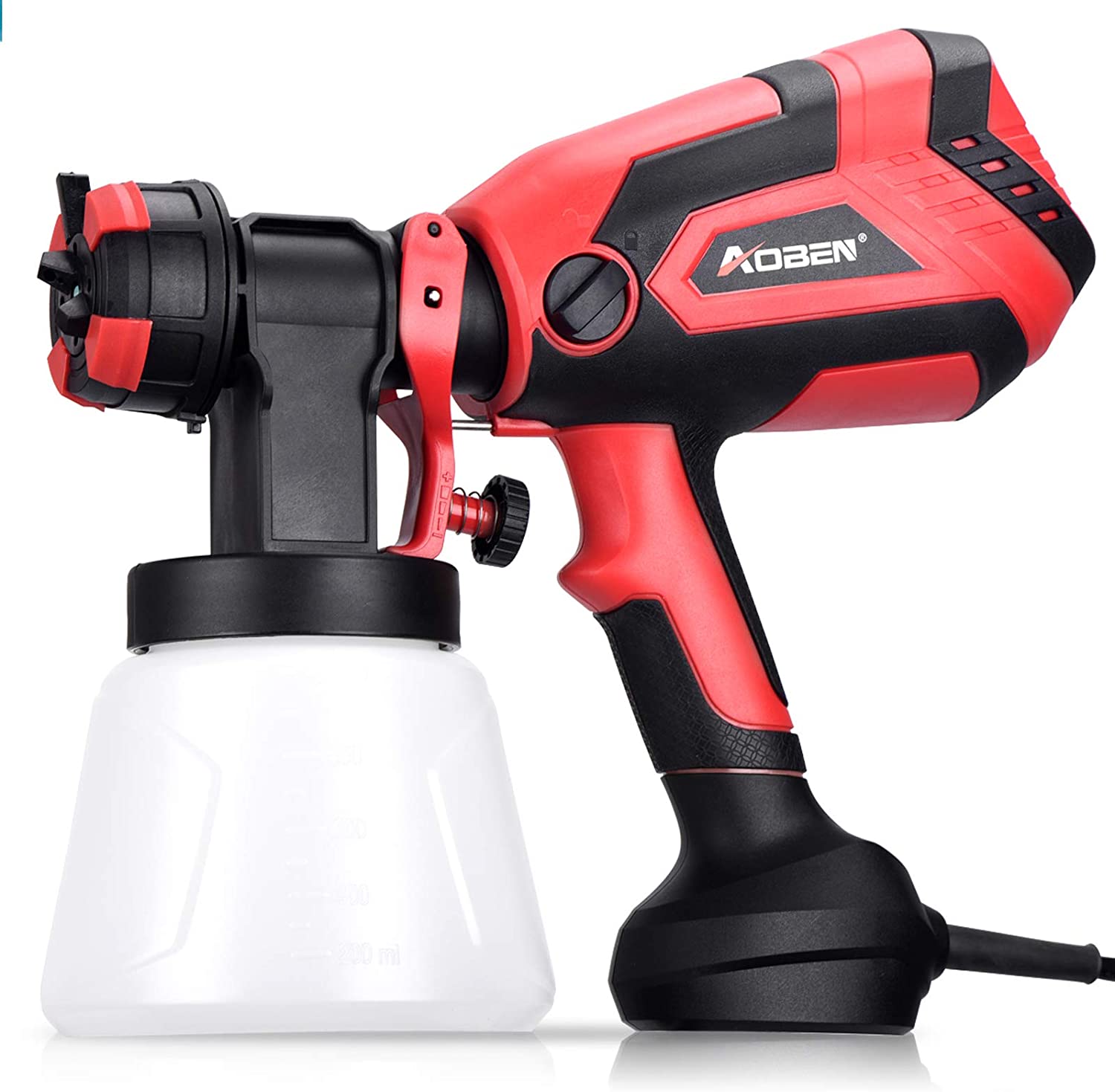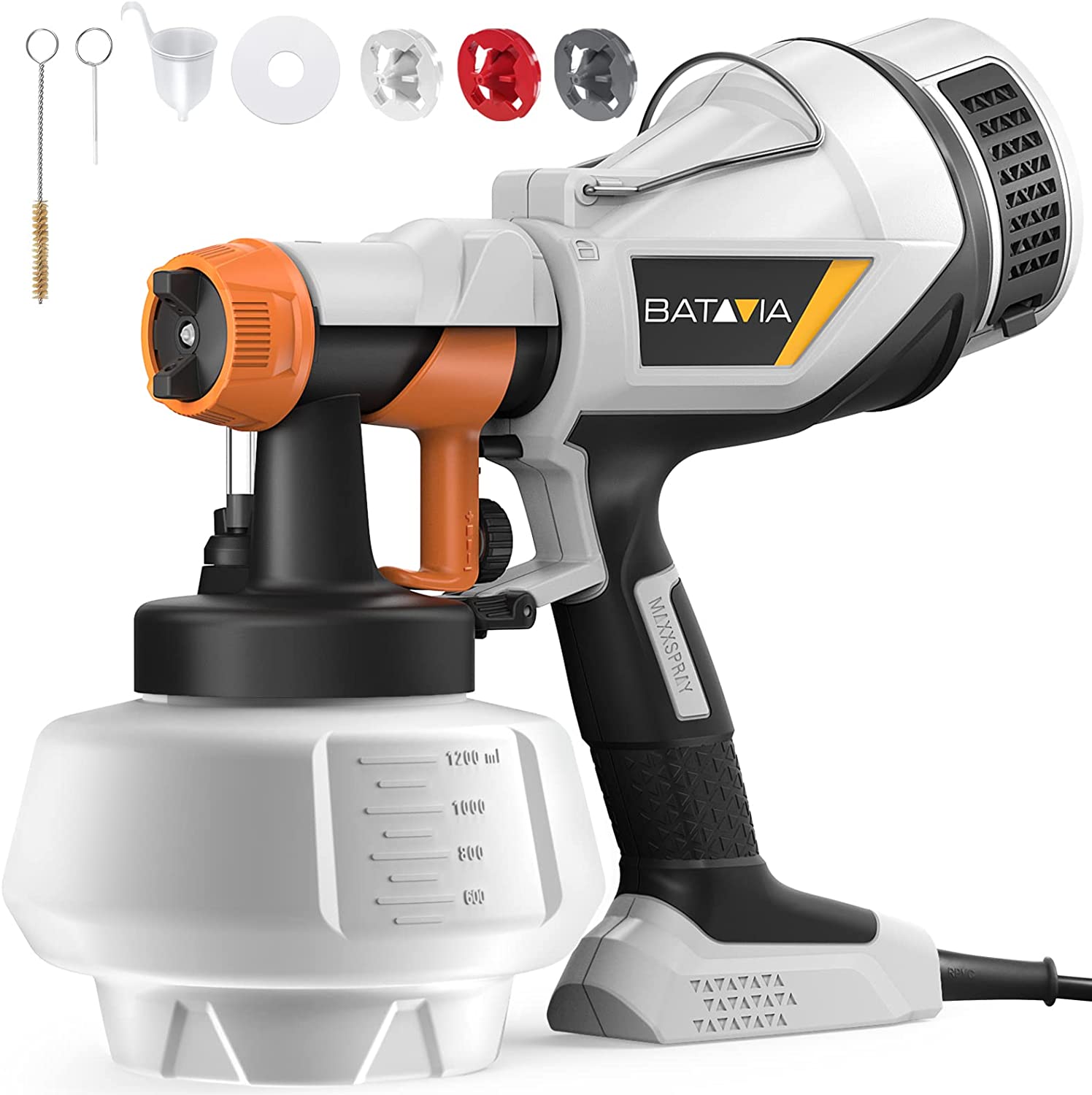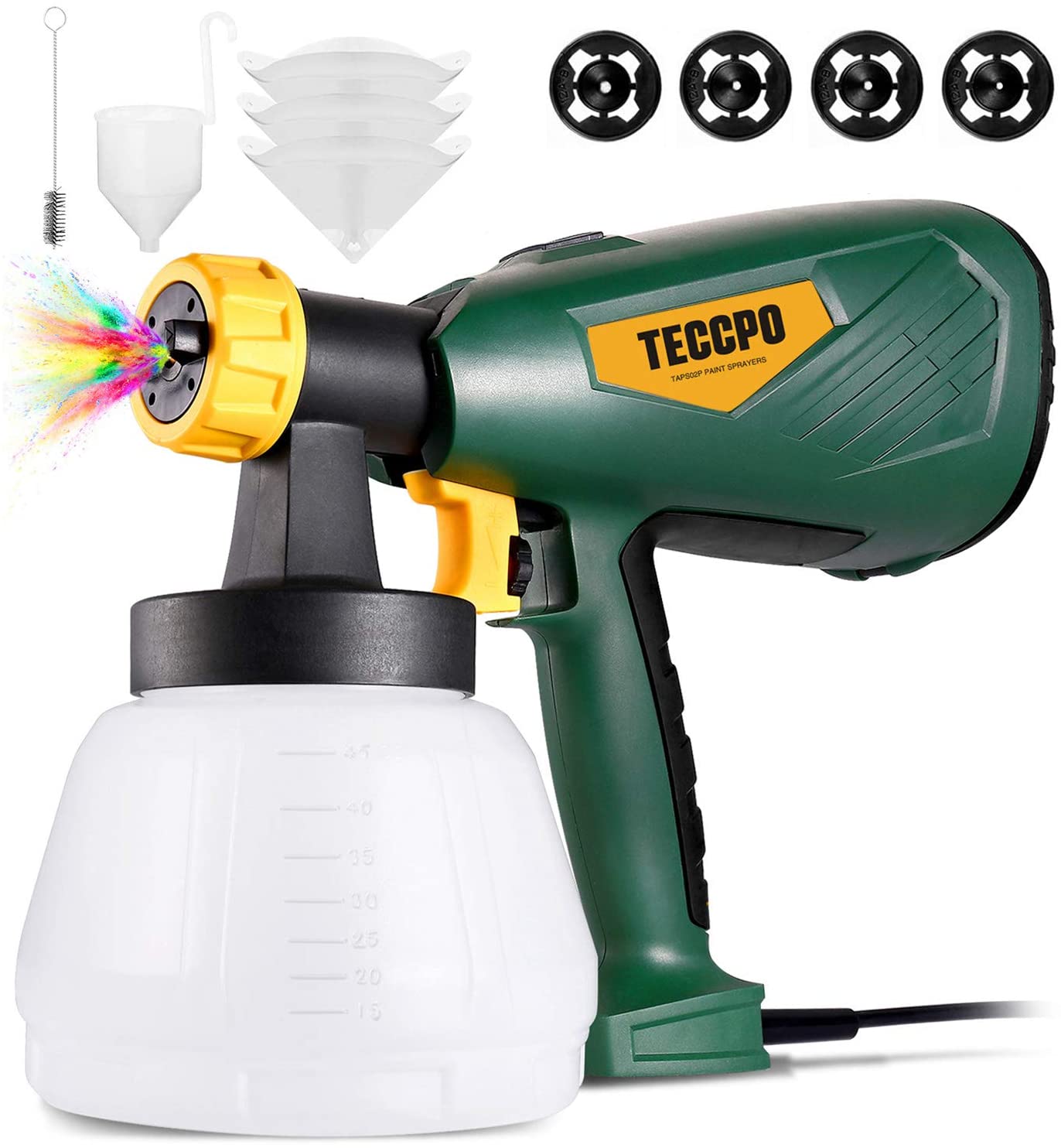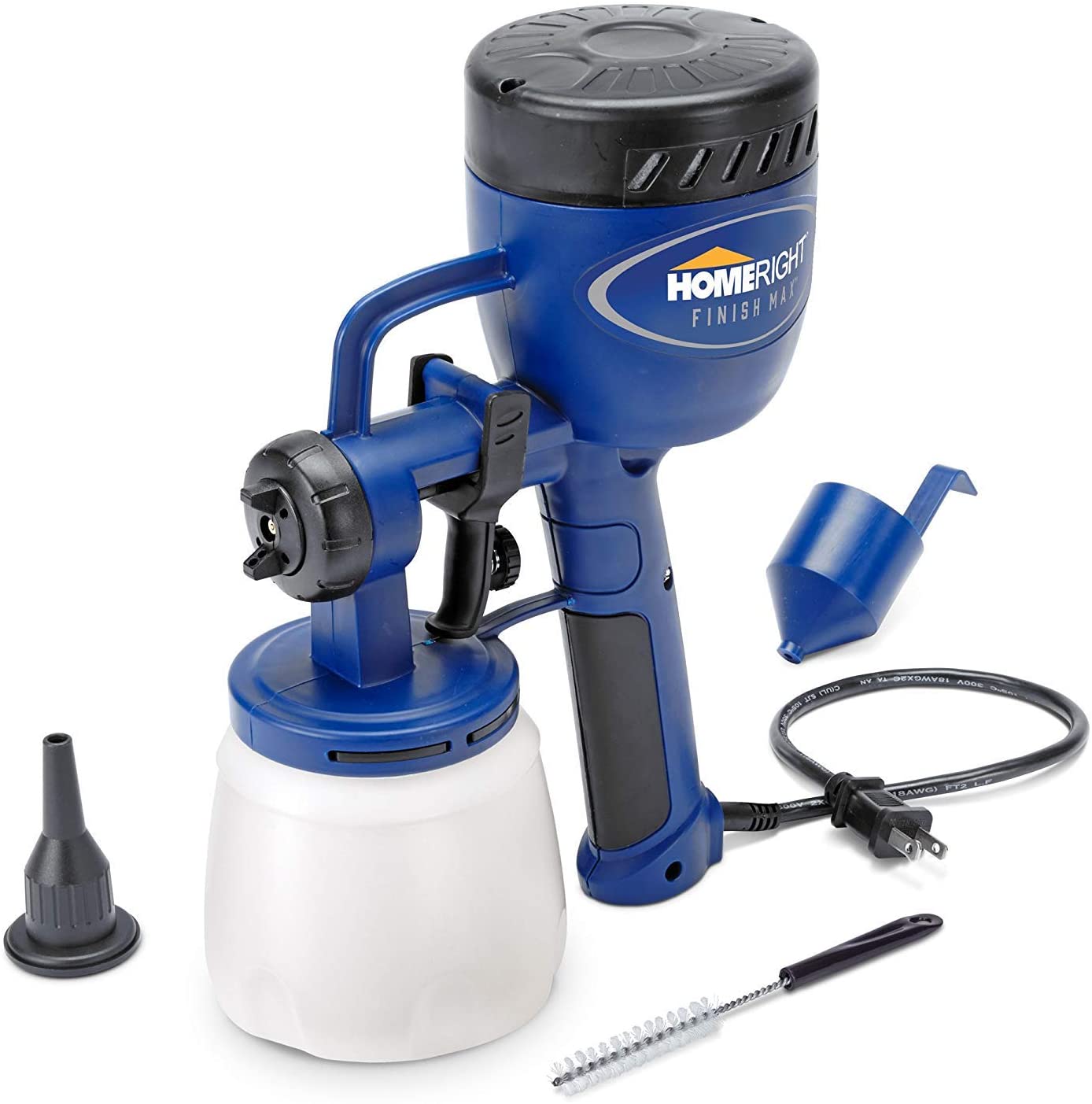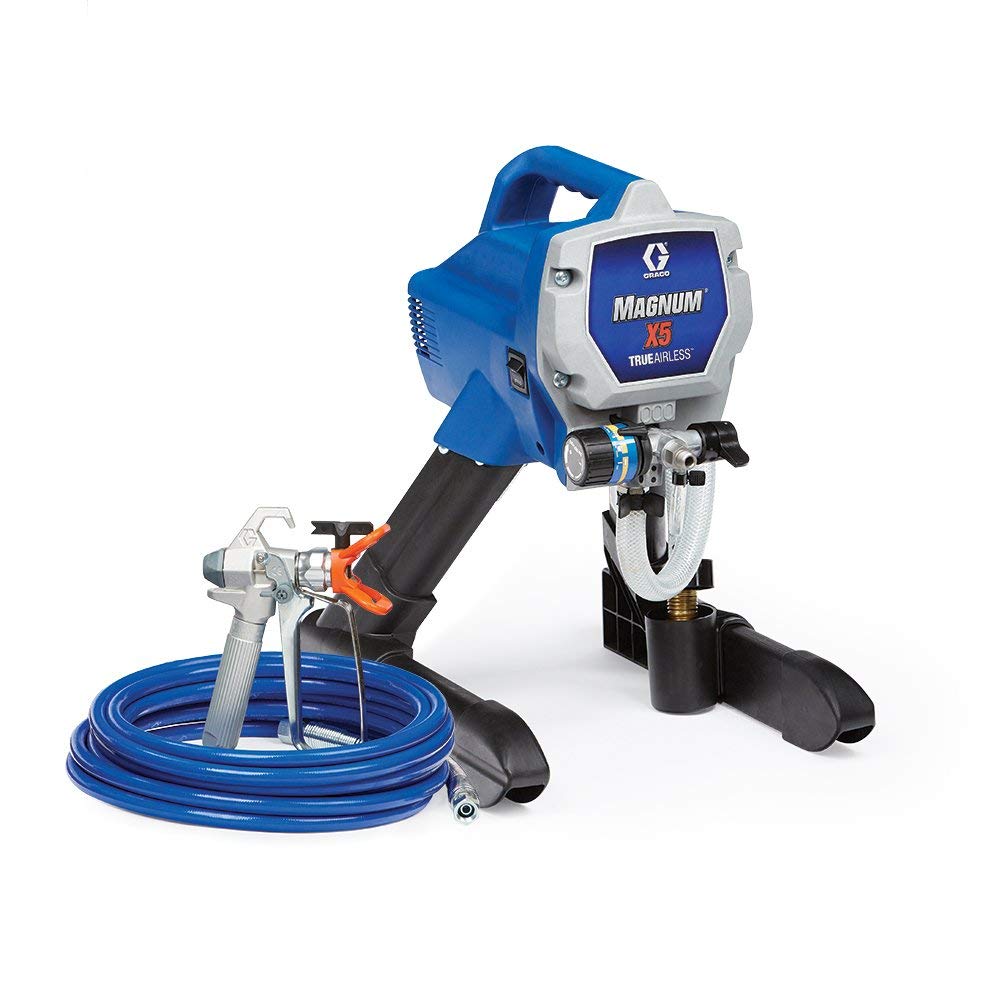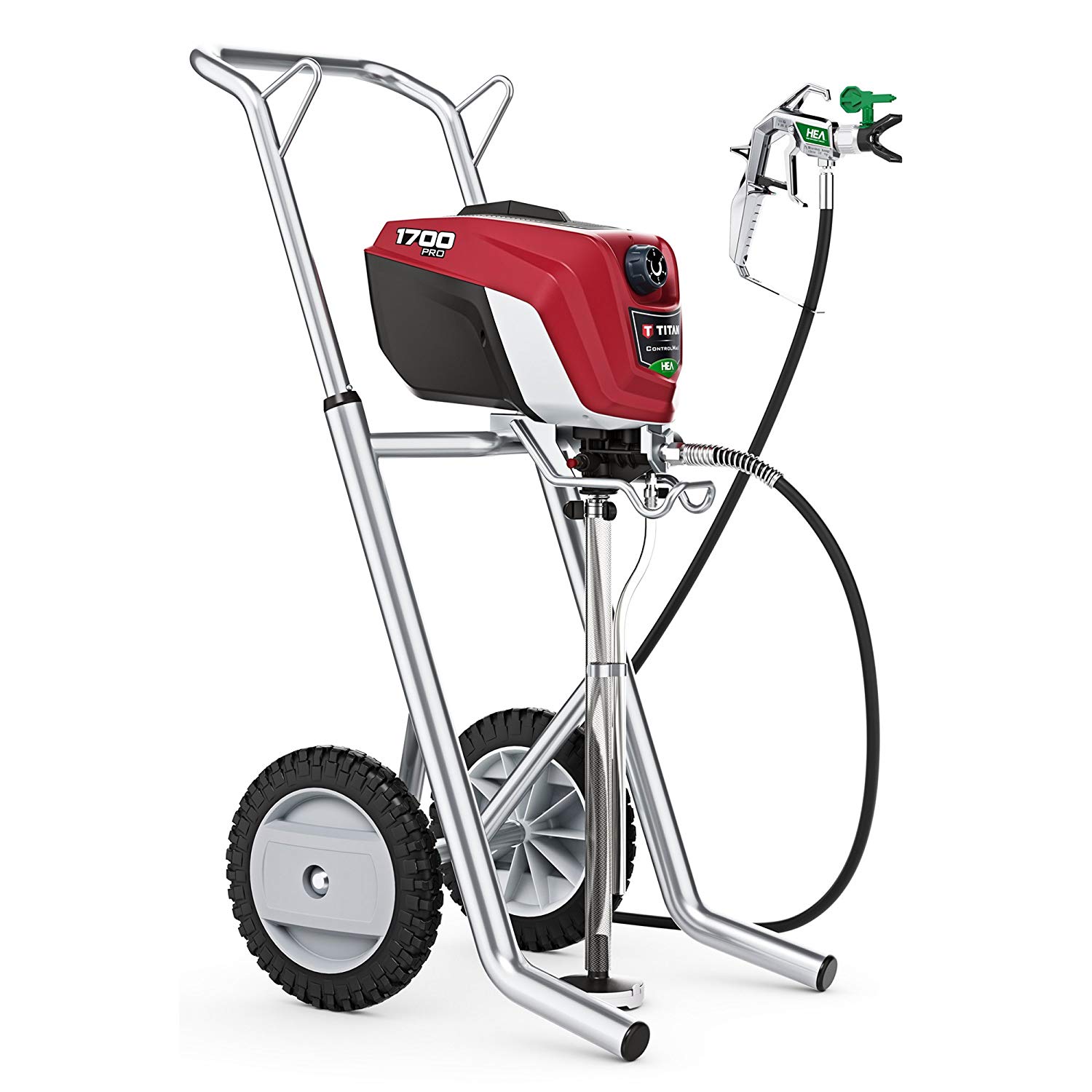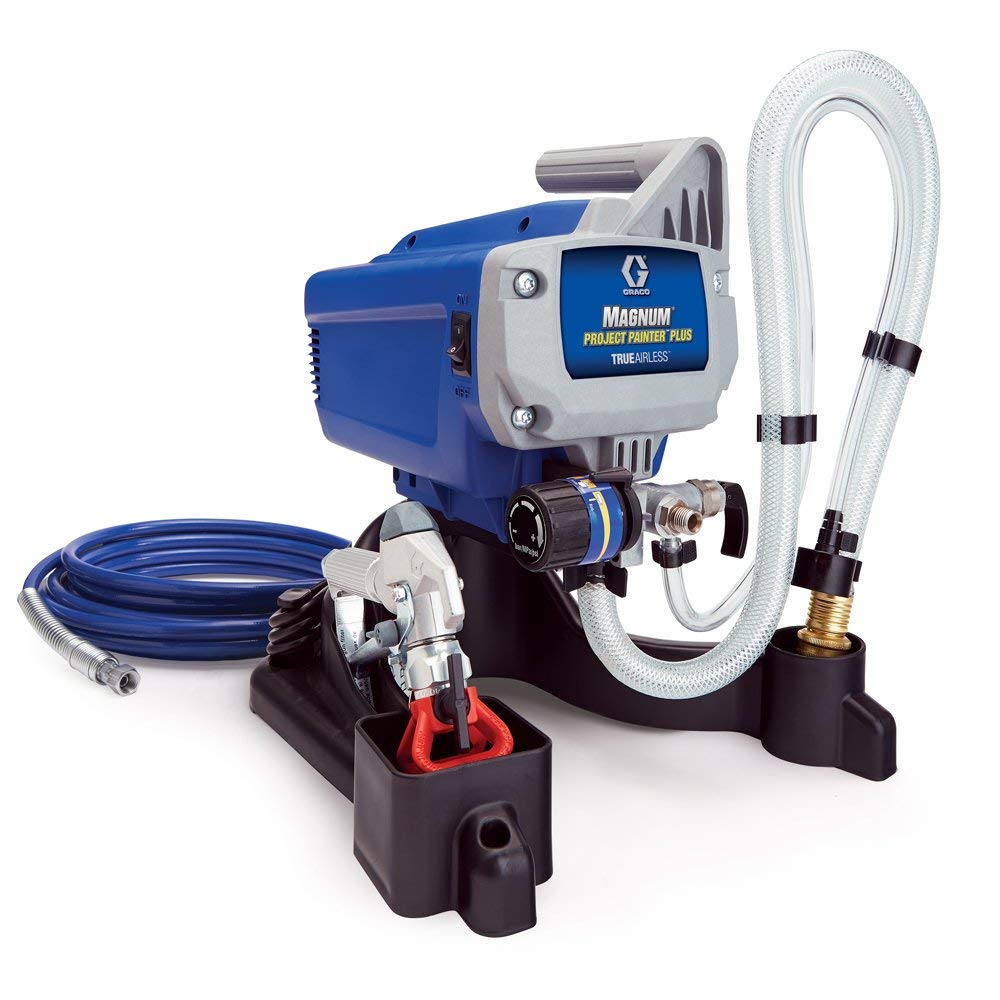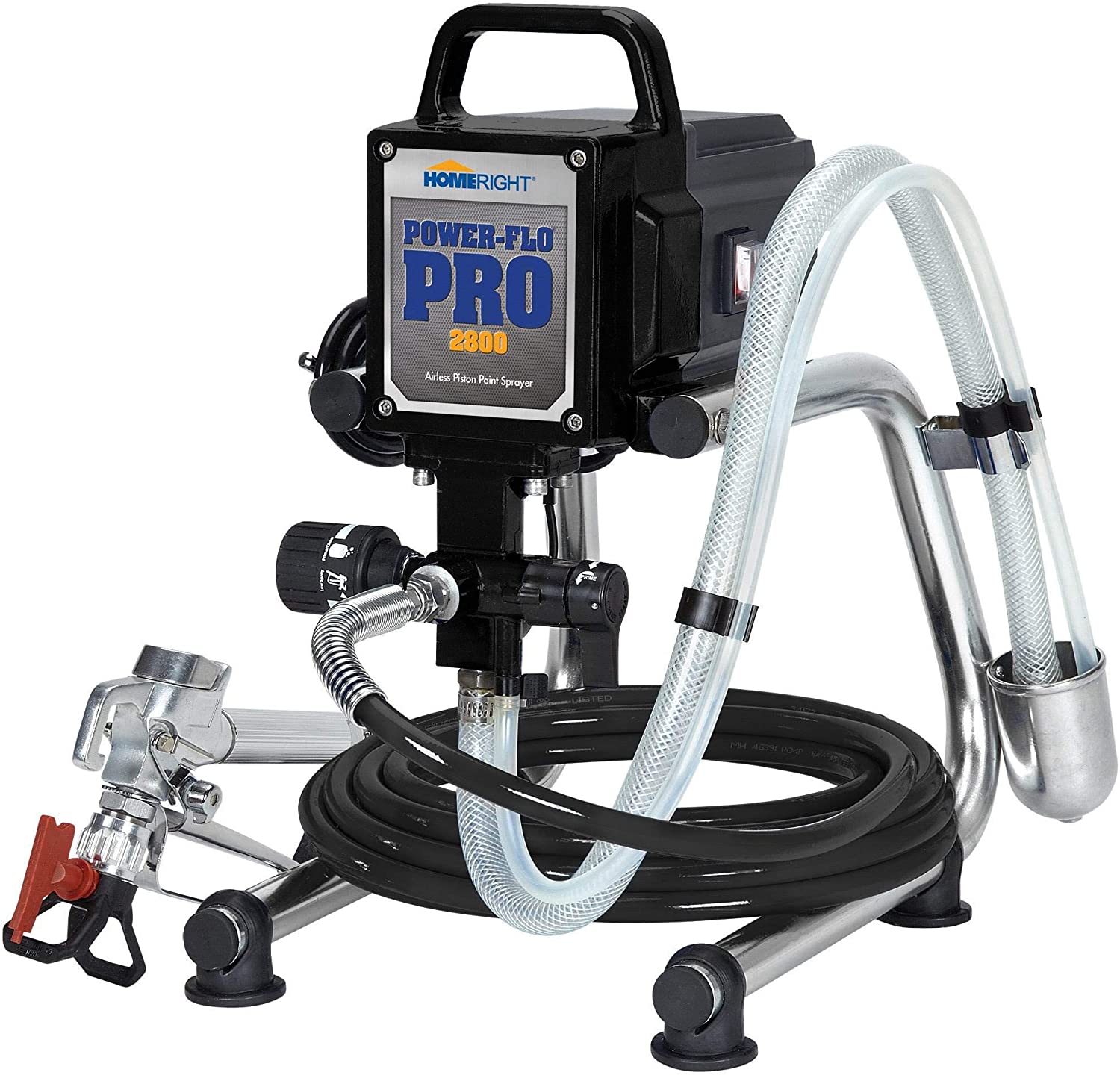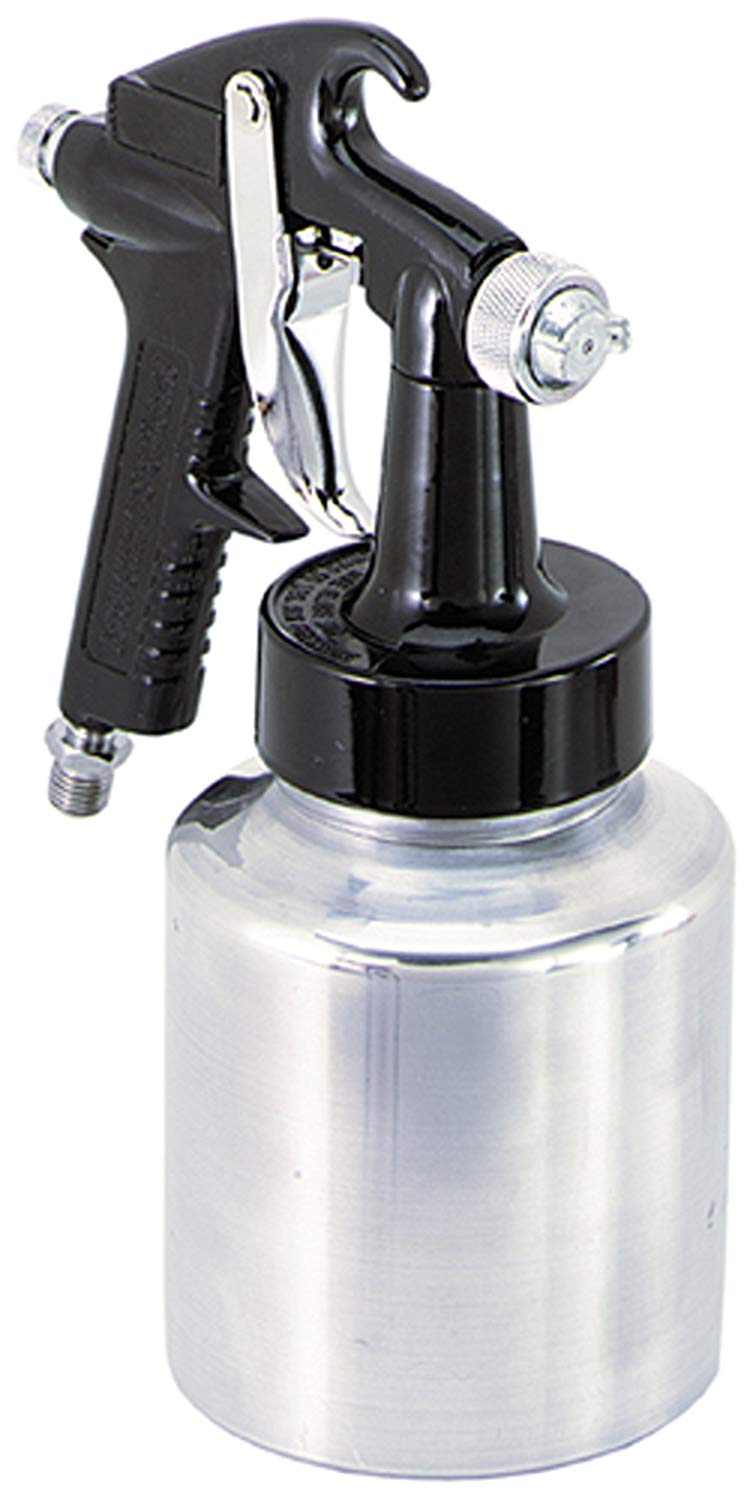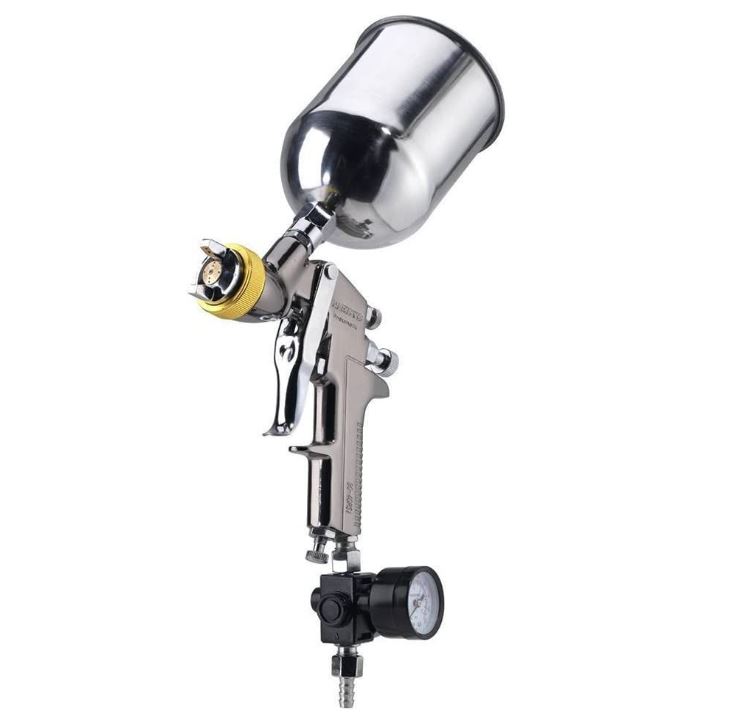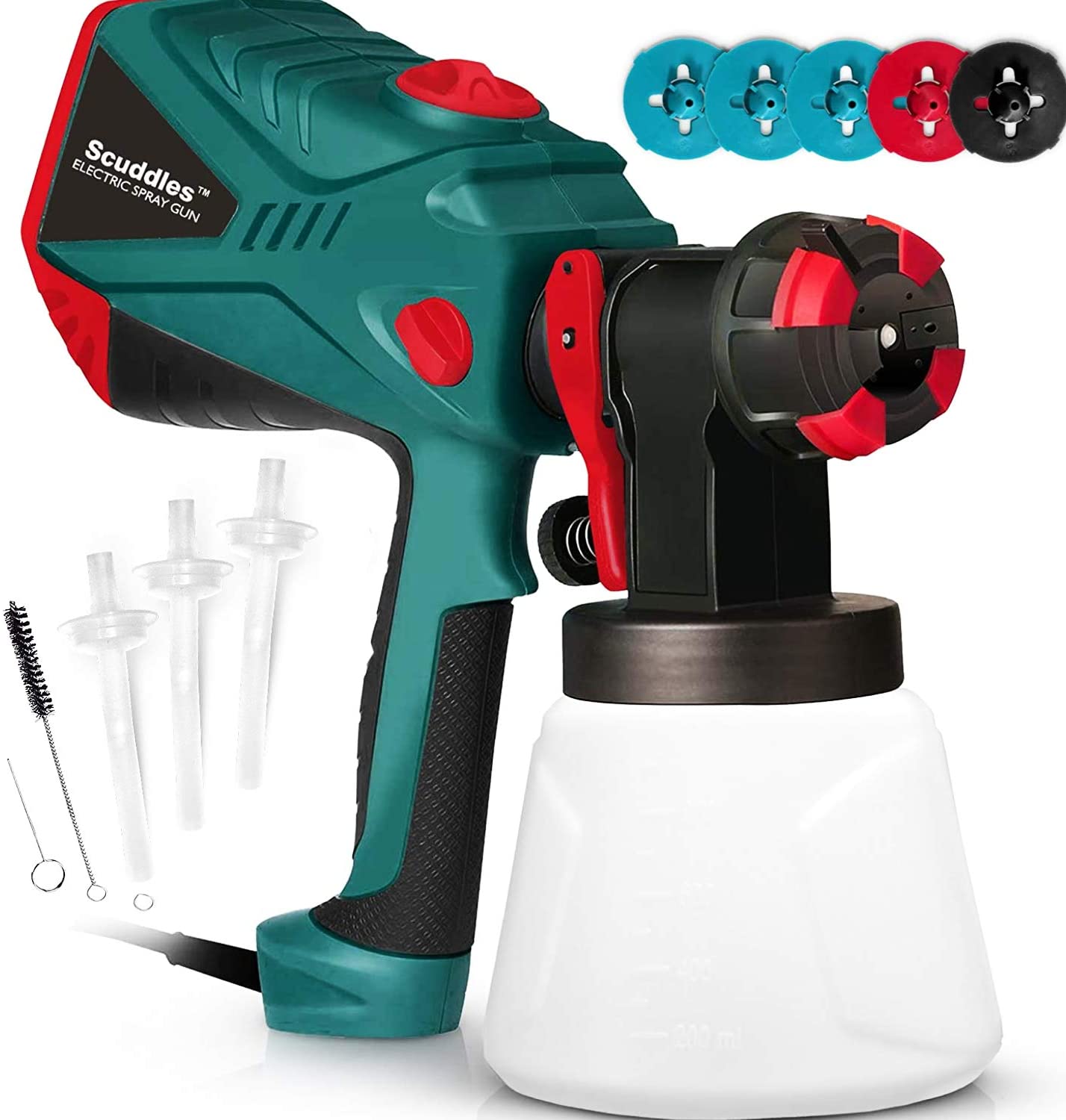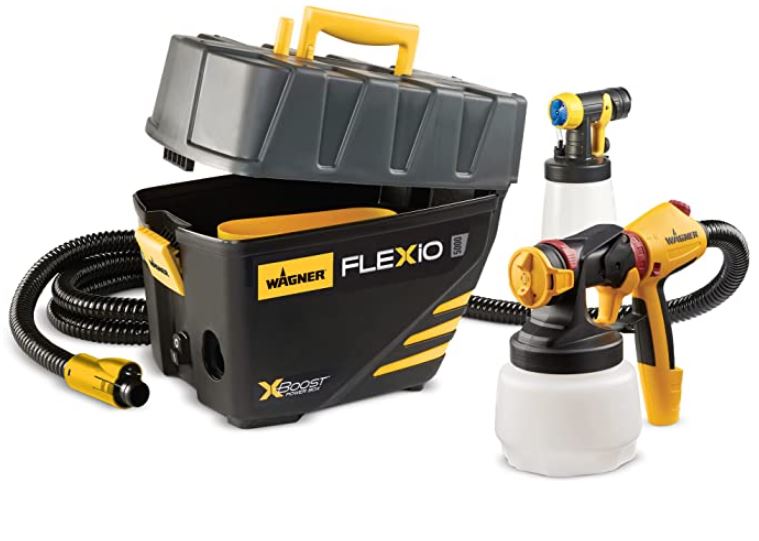Graco Magnum Easy Control High Pressure Paint Sprayer
Last updated: September 28, 2022
The Graco Magnum delivers high pressure, nearly a third of a gallon per minute. It's also easy to clean, with a power flush feature that allows you to reattach it to a garden hose. A set of wheels on the cart and a maximum hose length of 100 feet make it an especially portable model.
We looked at the top Paint Sprayers and dug through the reviews from some of the most popular review sites. Through this analysis, we've determined the best Paint Sprayer you should buy.
Product Details
Key Takeaway: Cleaning is a breeze when you attach this paint sprayer to your garden hose.
In our analysis of 60 expert reviews, the Graco Magnum Easy Control High Pressure Paint Sprayer
placed 12th when we looked at the top 16 products in the category. For the full ranking,
see below.
From The Manufacturer
DIY homeowners and handymen get cost-efficient, high-speed performance with the Magnum X7. These sprayers are ideal for painting all interior projects, decks, siding, fences and small houses. Choose the X7 when you paint on a quarterly basis. Equipped with long-lasting, stainless-steel piston pumps, these sprayers let you spray more projects each year. Spray a wide variety of coating from stains to heavy latex with ease.
Expert Reviews
What reviewers liked
Adjustable pressure gives good control of spray.
Thanks to a 5/8 HP motor, this paint sprayer can put out lots of pressure, in fact up to 3000PSI through an adjustable knob and a 50-foot hose.
A wheeled cart has been included for easier mobility around the painting area. The cart can be easily folded to facilitate compact storage and transportation.
The Graco Magnum 262805 X7 is one of the best carted sprayers. Its wheels are heavy duty and can survive a variety of outdoor, uneven surfaces when you need to paint around the yard or worksite.
Instead of filling paint containers and then refilling them again during a project, the Graco Magnum X7 Airless paint sprayer offers a flexible suction tube. This allows you to use both a 1 or 5-gallon paint container with the sprayer.
The spray, whose tip size is a maximum of 0.01 can be used for spraying up to 0.31 gallons per minute from 1-gallon paint or 5-gallon paint buckets.
Easy to clean the tip with reverse function feature, also use flash adopter to clean pipe after paint job has finished.
The power piston that comes with the product gives a smooth function with an easy action allowed by the pump.
The Graco X7 airless paint sprayer comes with a durable, stainless-steel piston pump provides a strong and constant spray of paint over a uniform area, resulting in easy use and an excellent result that is second to none.
What reviewers didn't like
Puts out a lot of overspray, making interior painting difficult.
A common issue that is often brought up is overspray, but that can be remedied with careful masking.
This model can produce some overspray. This might be difficult for some beginners to deal with.
Thicker materials can clog the tip of the sprayer.
Hose could be more longer, might problem for beginners
After bouts of using thick paint materials, the gun has a tendency to get jammed.
Struggles with particularly thick paints
From our partners
